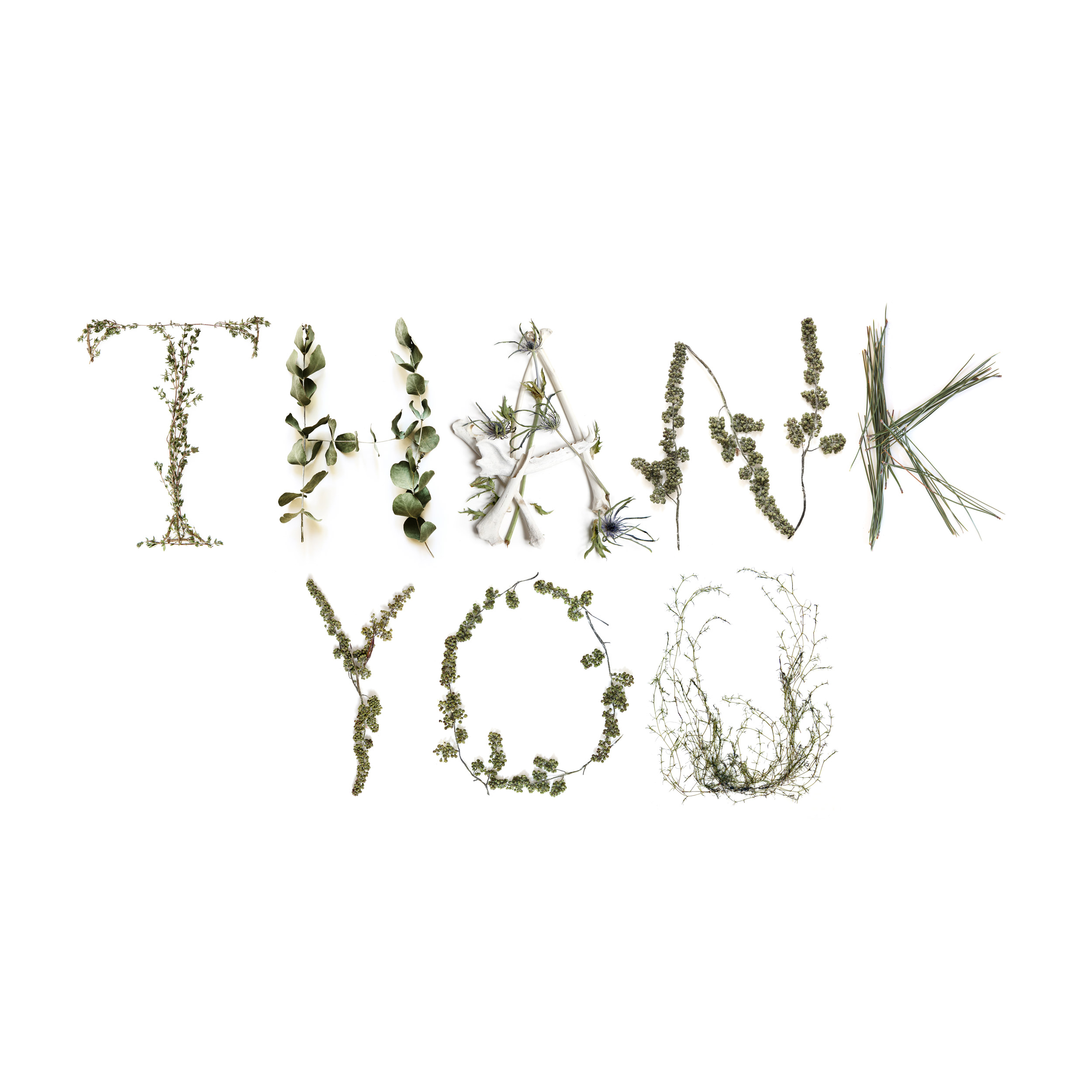
thank you
happy winter solstice to all of you! thank you for all your continued support. truth be told, i would do what i do with or with an audience, but that does not minimize how important your all are to me. it lights me up every day to know that you are out there. and for this i am truly grateful.
tonight, at 9:27 pm the north pole reaches its maximum tilt away from the sun. where i live, the sun sets here at 4:30 pm tonight. we will have only 6 hours and 51 minutes of daylight. here in the north, the return of light is a big deal.
many of the worlds religions celebrate the significance of the winter solstice; christianity, judaism, yule (pagan), zoroastrianism, shintoism, and many secular festivals. these celebrations, each with its unique customs and traditions, reflect the significance of the winter solstice across different cultures and religious traditions. while some emphasize religious aspects, others focus on seasonal changes and the symbolic themes of light and rebirth associated with the solstice.
tell me your winter solstice tradition? if you don’t have one..may i suggest simply lighting of candle tonight at 9:27 pm? it’s important to mark these seasonal events in our year. without them, the days blend into weeks into months into years without sign-posts for us us to hold onto. it’s good for our collective mental health.
with stillness and light, mary jo
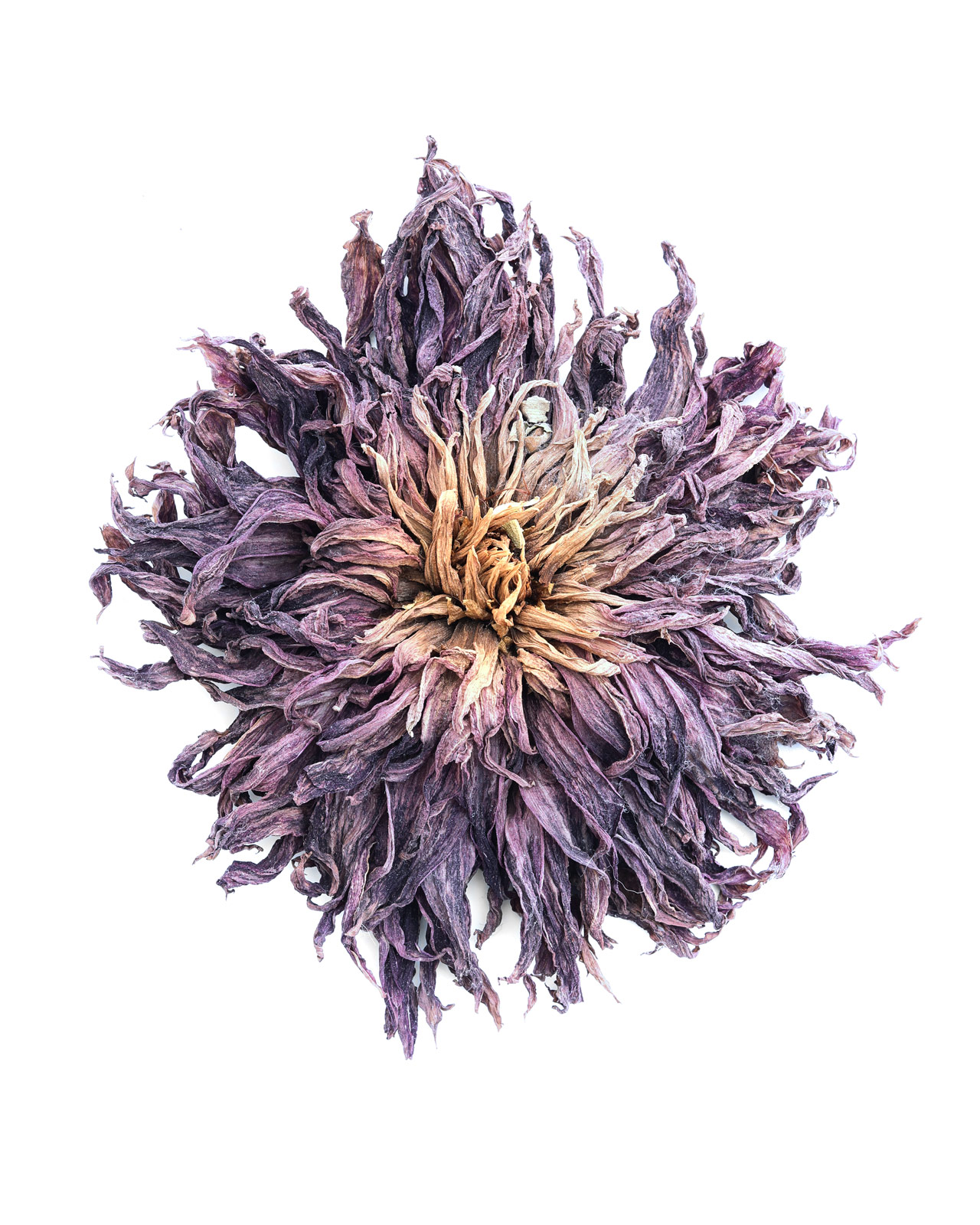
a legacy of beauty
this dried dahlia has been sitting on my specimen table since autumn. it’s a bit dusty, but still magnificent. more, and more, and more i am attracted to the spent, dying, past-their-prime, dried flowers. it’s not so much an existential fascination with impermanence and aging, as it is an aesthetic attraction. i simply find them more pleasing–the color more muted, and the details more visible and interesting. a dahlia is a dahlia is a dahlia.
dried dahlia flower
-
Shiboui – aging faded beauty
reply -
As I age I like to believe I’m becoming a different kind of beautiful. A more natural, unapologetic kind of beautiful, like a dried Dahlia.
reply
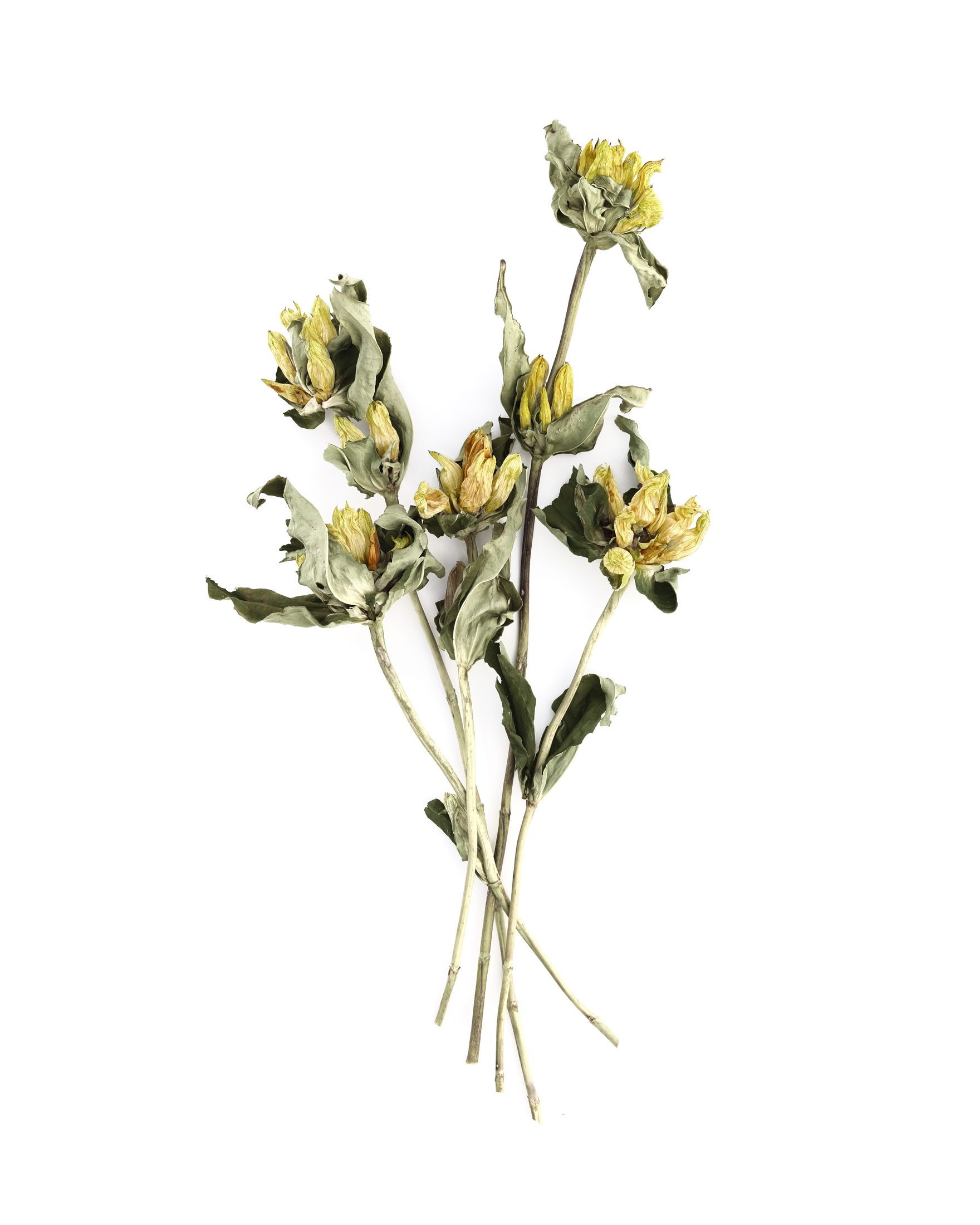
eau–de–vie
ever since living in southern france, and learning to make our own liqueurs from our neighbor jean-luc, my husband and son have been concocting their own home made digestifs. their bittering agent of choice is gentian root. so when my friend christine, at twin cities flower exchange, showed me her dried gentian flowers i squealed with delight. i had no idea what gentian flower looked like. it’s an alpine flower, found in the swiss and french alps, and the monks used its bitter root liberally in their various elixers over the centuries. are you familiar with gentian? i’m glad to know it grows here (though not native) because my son and husband have been wanting to make an amaro with only botanicals grown on our 3 acres. i don’t know if they plan to stick to native plants only, but it is nice to have gentian in our pocket in case we need it.
dried great yellow gentian (Gentiana lutea)
-
Well, I didn’t know there were yellow flowering ones! Only familiar with the blue/purple ones that are native in USA. Sounds like the boys are having fun with their creations. I wonder if all roots in the gentian family can be used, or only lutea??
reply
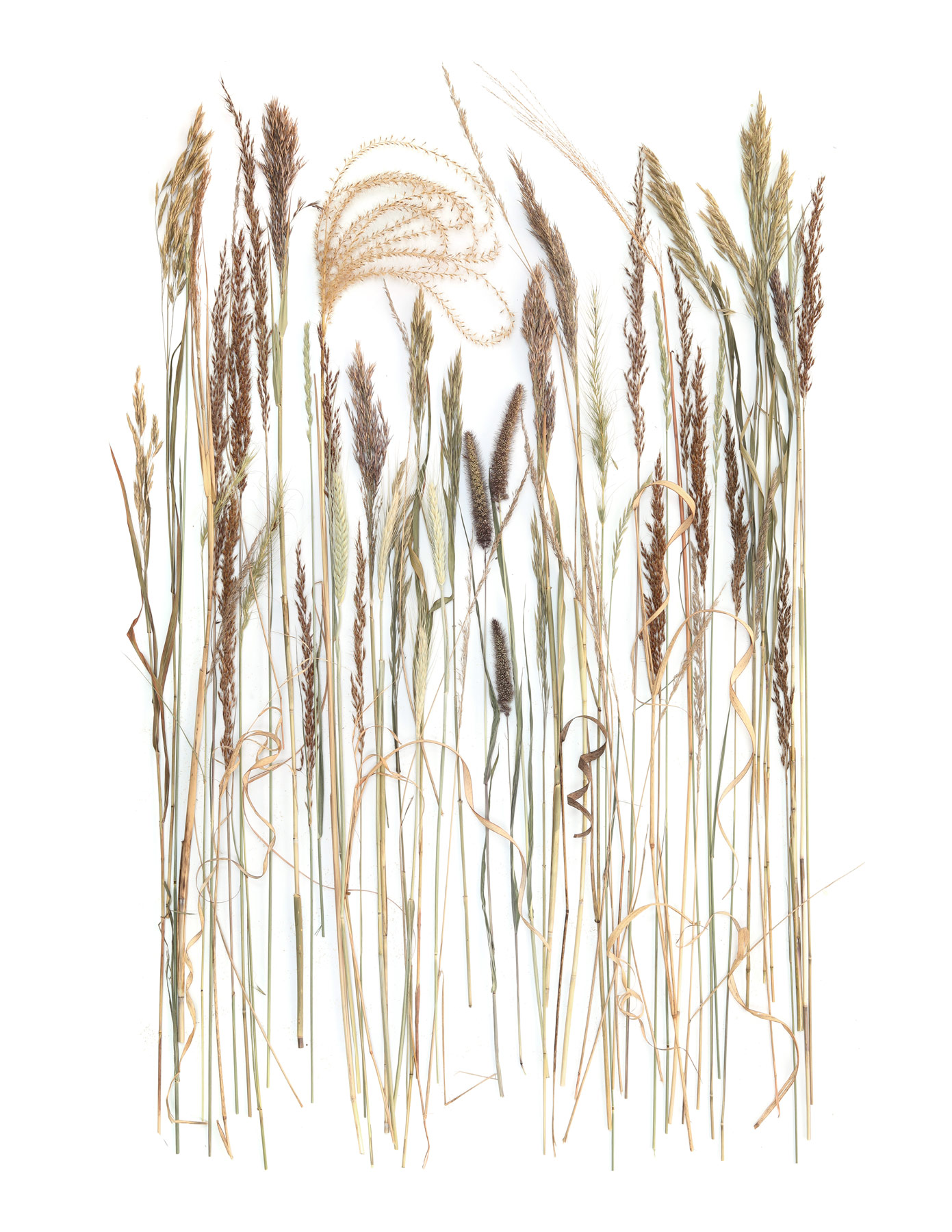
there is always a silver lining
we’ve had only two dustings of snow so far this winter. pretty crazy for minnesota. the lack of snow, means many of the autumn stems are still standing tall and holding onto their seeds, not yet bent and broken by heavy snow. i love prairie grasses in all forms, but these late autumn colors have my heart.
prairie tall grasses
-
The word that comes to mind when I look at this is “gentle”.
reply
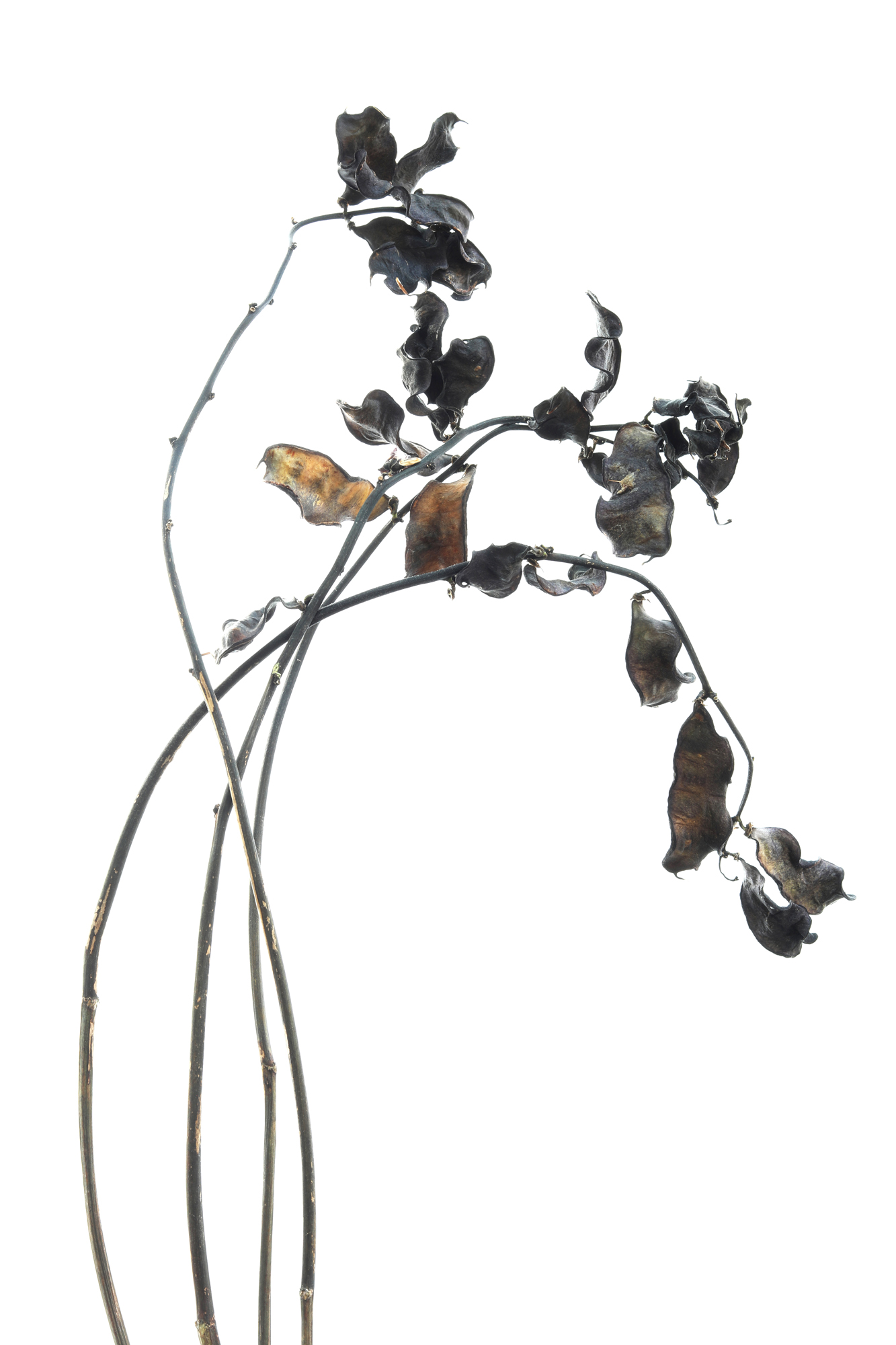
the paradoxes if life
here’s another take on those splendid black hyacinth bean seedpods. this time with a little more stem, which gives a little more context. although as i look at this now, even this photo is a little misleading, as those are not really branches, so much as vine stems. hyacinth bean is indeed a bean plant. as i read the wiki page on this plant, it strikes me how often i see plants listed as both edible and toxic in the same sentence.* it reminds me just how paradoxical life is–we humans are both astoundingly robust and unfathomably fragile simultaneously. we can survive in myriad environments, under tremendously varied circumstances, and yet if eat one bean cooked the wrong way…well, it’s game over. imagine all the trial and error that went into learning which plants were edible and which were not. it boggles the mind.
hyacinth been vine with winter seedpods (Lablab purpureus)
*e.g. “…in addition, lablab bean is cited both as a medicinal plant and a poisonous plant….the fruit and beans are edible if boiled well with several changes of the water. Otherwise, they are toxic due to the presence of cyanogenic glycosides, glycosides that are converted to hydrogen cyanide when consumed.”


